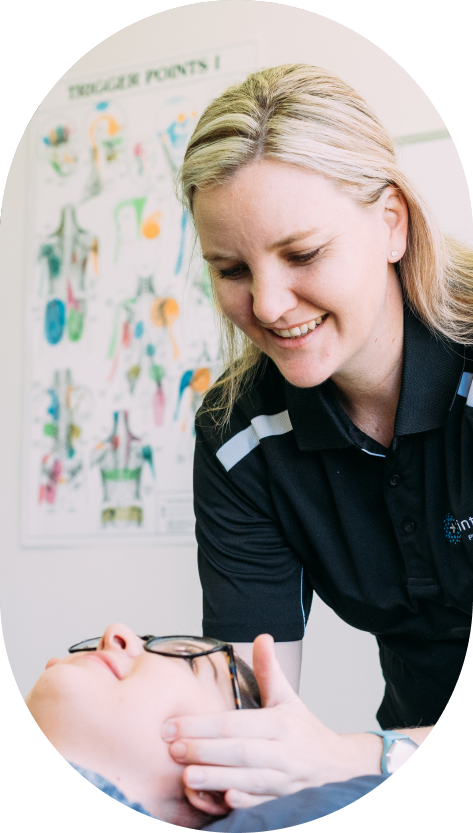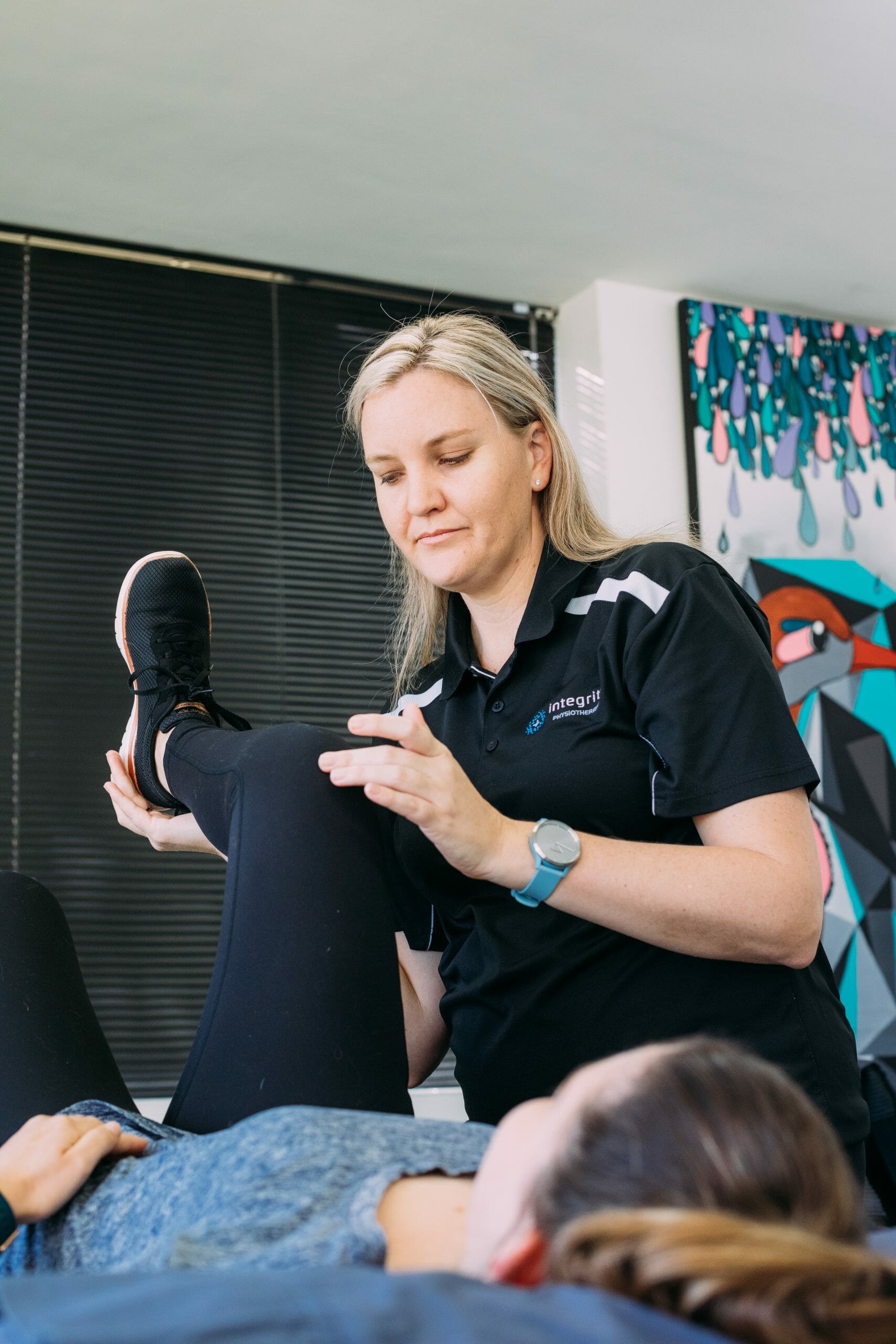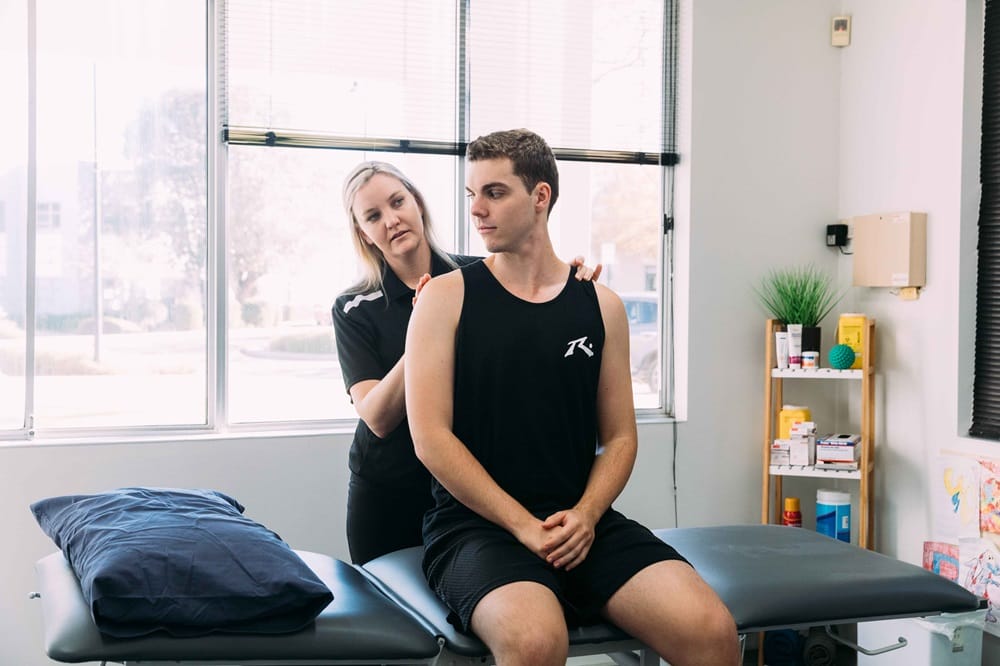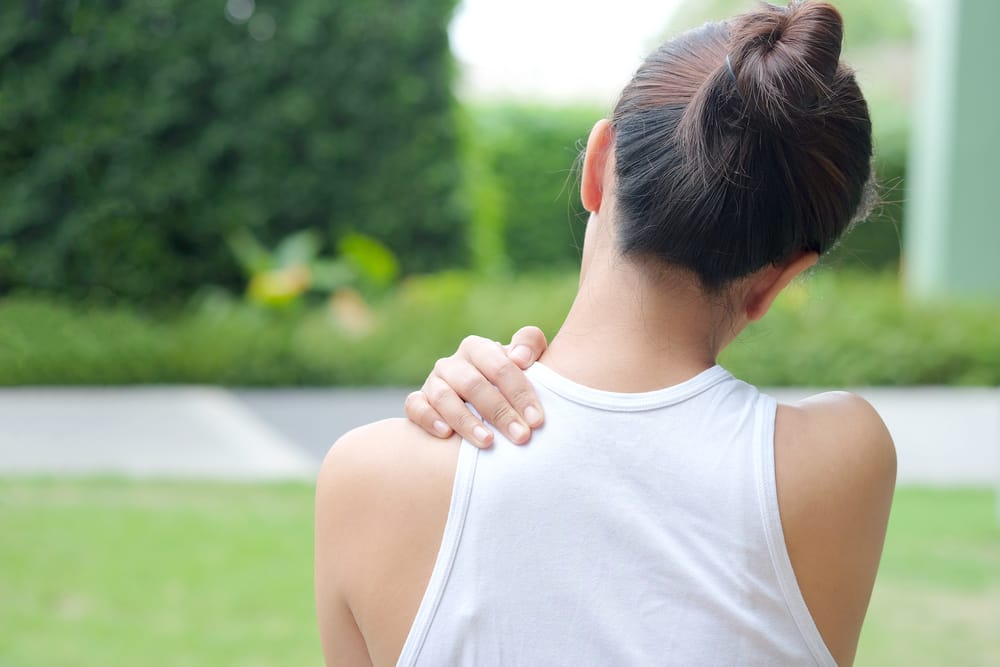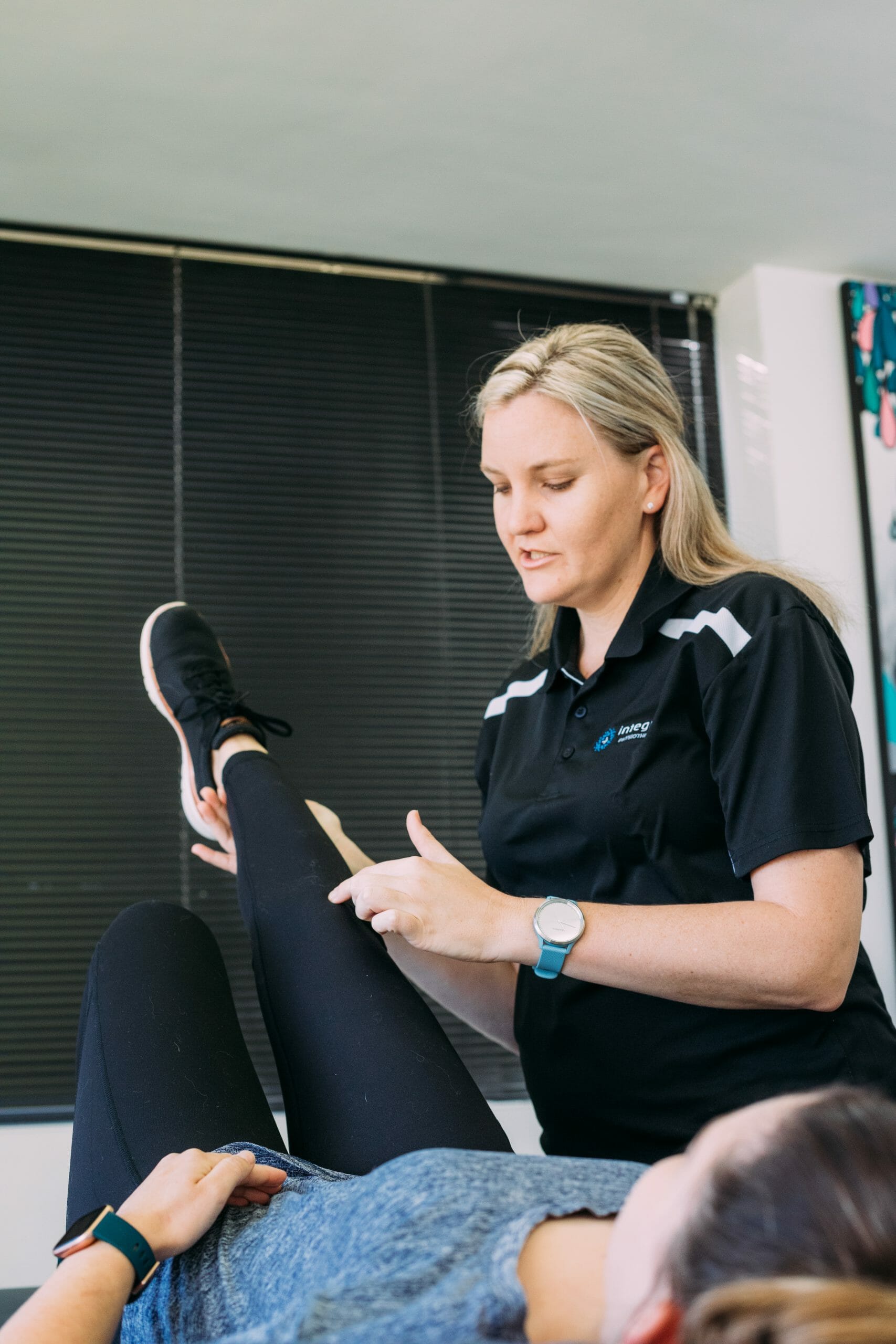
Achieve faster recovery with a physio for knee pain
Knee pain can often resolve itself on its own through rest and gentle movement. But sometimes it requires a little bit more help, which is where a physio for knee pain comes in.
Seeing a physio for knee pain can see huge strides in your recovery. With accurate diagnosis and expert care and treatment, you’ll be on the road to a pain-free life once more.
How Does The Knee Function?
The knee is made up of three parts. The tibia (or shin bone), femur (upper thigh bone) and patella (kneecap). These three parts are covered with a layer of cartilage held together with ligaments, muscles, and tendons to keep you up and moving.
The knee manages a lot of our activities on a daily basis, and as such is a pretty vulnerable joint when it comes to strain and knee injuries.
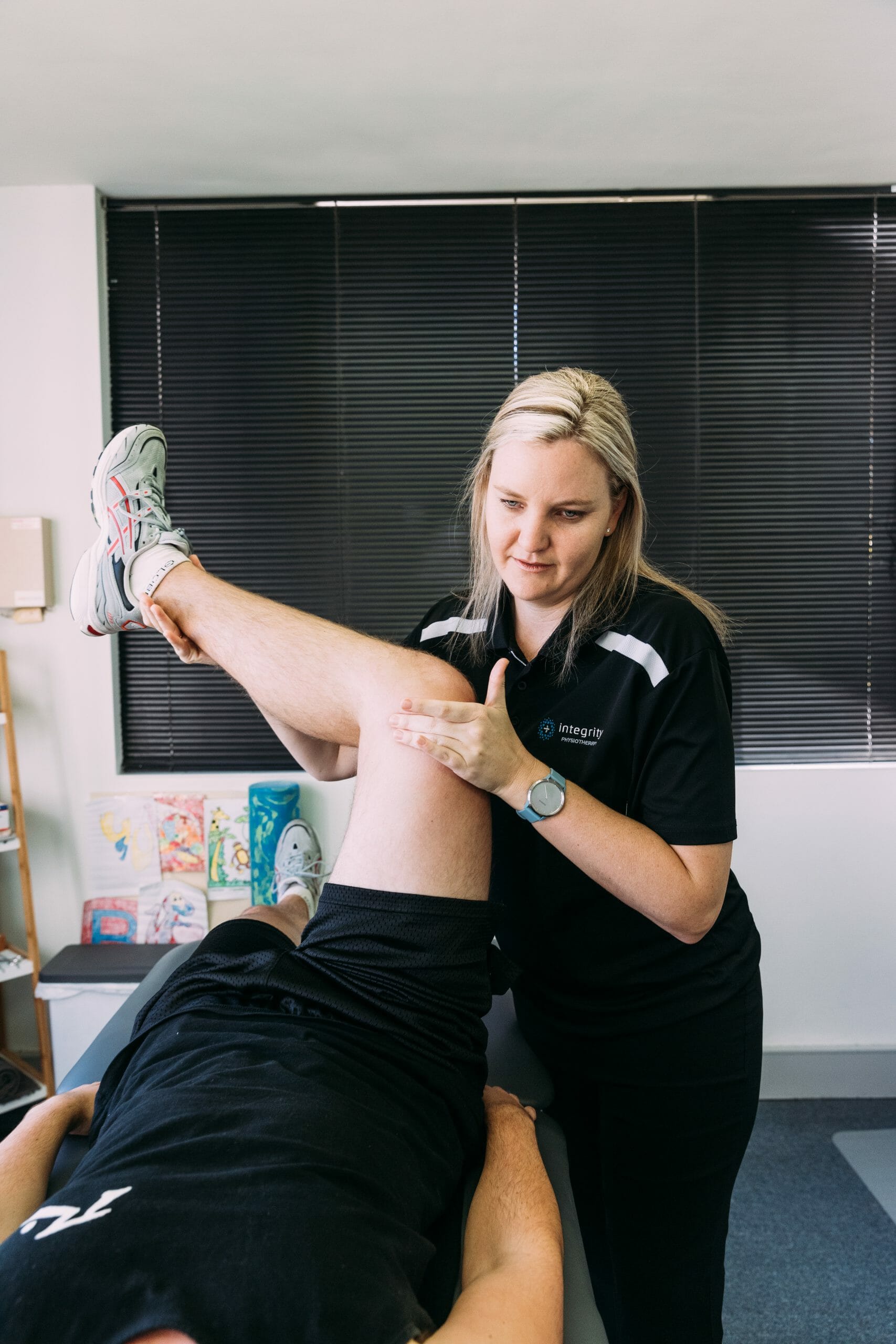
Types Of Knee Pain And Injury
Sprained Ligaments Or Muscles
This kind of injury usually happens from a sudden twist of the knee, often during sport or exercise. It can also be caused by a fall or blow to the knee. You’ll notice some pain and swelling, and potentially some difficulty walking.
- Cartilage Tears
Trauma to the knee can cause the meniscus cartilage to tear. This is the cartilage in the joint. These tears can often occur at the same time as sprains. As cartilage acts as a shock absorber, treatment will usually involve wearing a brace to ensure your knee joint remains stable for proper healing. In some cases, surgery may be required to repair the damage.
- Tendonitis
Tendons can become inflamed from overuse, which is common in those who run, cycle, or partake in other sports that involve repetitive movements.
- Arthritis
Knee osteoarthritis in the knee is common. As you age, the cartilage in the knee joint can wear away. It can also occur if you are overweight or put a lot of excess stress on the joint. Rheumatoid arthritis can also occur, where the joint becomes inflamed.
- Patellofemoral Pain Syndrome And Patellar Tendinopathy
Patellofemoral Pain Syndrome (PFPS) refers to pain around the front of the knee and kneecap. It’s often referred to as “runner’s knee” due to it being pretty common in those who play sport, but it can occur in anyone. It’s caused by abnormal movement patterns of the kneecap and thigh bone. Patellar Tendinopathy, on the other hand, is often called “jumper’s knee.” Common in those who play a lot of jumping related sports (e.g. basketball), it refers to a problem in the patella tendon.
The lowdown on knee pain
Understanding the causes, symptoms, and treatment options for knee pain can help get you on the road to recovery faster.
The location of your knee pain and severity will depend on your individual injury. In addition to pain around your knee, you might also experience:
- Stiffness and difficult movement
- Swelling, redness and warmth to the touch
- An inability to fully straighten your knee
- Popping or cracking noises
- Weakness or instability
The best remedy for knee pain is to prevent them from happening in the first place. Try and follow these tips to ensure your knees stay happy and pain-free:
- Maintain good levels of physical fitness and a healthy weight. If you want to strengthen your knees, try incorporating some more lower body strength exercises into your routine. You can also practice standing on one leg to improve your balance and strength.
- Warm up and cool down before exercise to reduce muscle soreness and prevent your risk of injury – stretch well!
- If you’re just beginning an exercise program, make sure you’re increasing frequency, duration and intensity gradually. Going all-in immediately can be a recipe for disaster, especially if your body isn’t used to that level of exercise.
- Don’t work through pain! Your body is telling you something – if you’re in pain, it’s time to stop
- Wear the right shoes. This goes for during exercise as well as in your day-to-day life. Heels can add stress to your quads and knees – flatter shoes are generally better for preventing knee pain. When exercising, ensure your shoes are comfortable and supportive, and get them professionally fitted if you’re concerned you may not have the right fit
- Don’t overtrain
- Maintain a good posture when walking and sitting
If you’ve been experiencing acute or chronic knee pain that isn’t recovering, it’s a good idea to see a physio for knee pain.
Make sure you visit a physio or doctor immediately if you’re experiencing the following:
Our expert team at Integrity Physio can give you an accurate diagnosis of the problem and get you kickstarted on a treatment plan. This includes both hands-on therapy (such as massage or dry needling, joint mobilisation, taping, stretching and bracing) as well as therapeutic exercise.
Your physio for knee pain will also give you an exercise plan for home so that you can continue your physical rehab outside of the clinic. This will help you get your strength and knee function back quickly so that you can get on with life without any hindrances.
If you’re experiencing knee pain and looking for some much-needed relief, book an appointment with Integrity Physio today.
